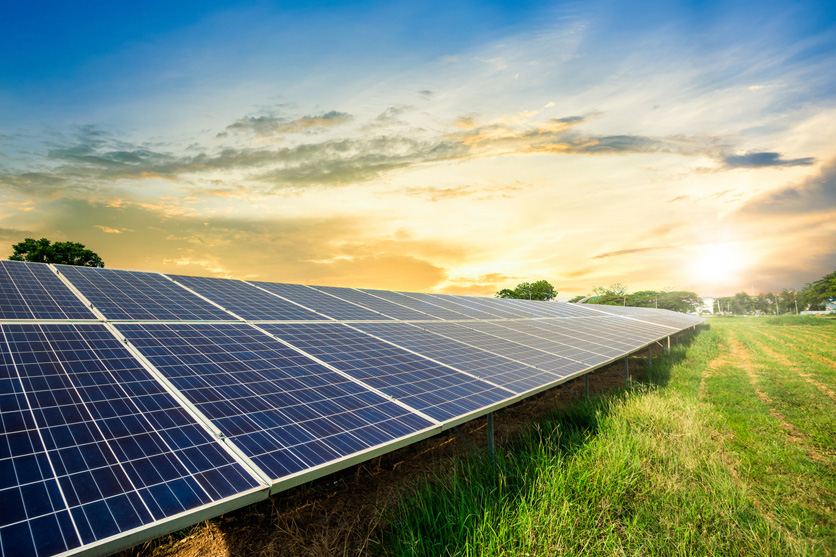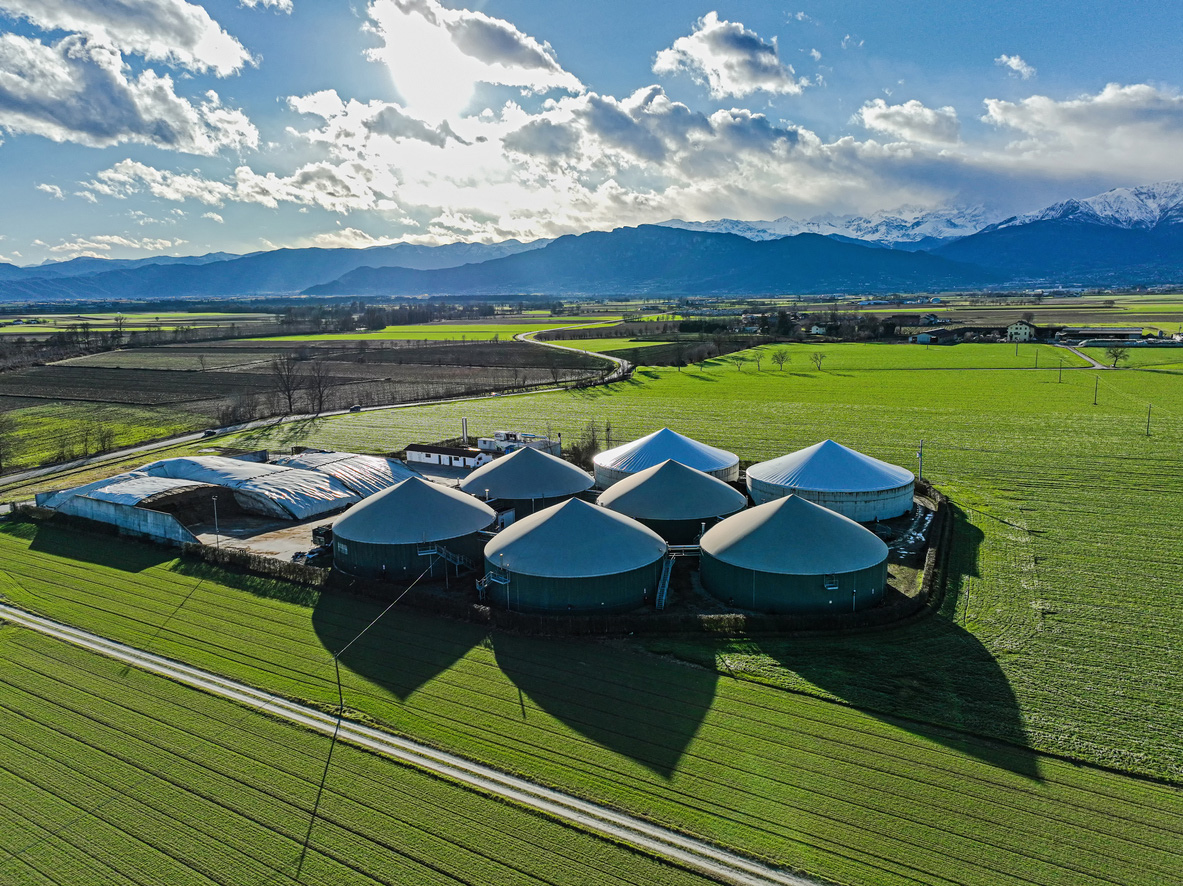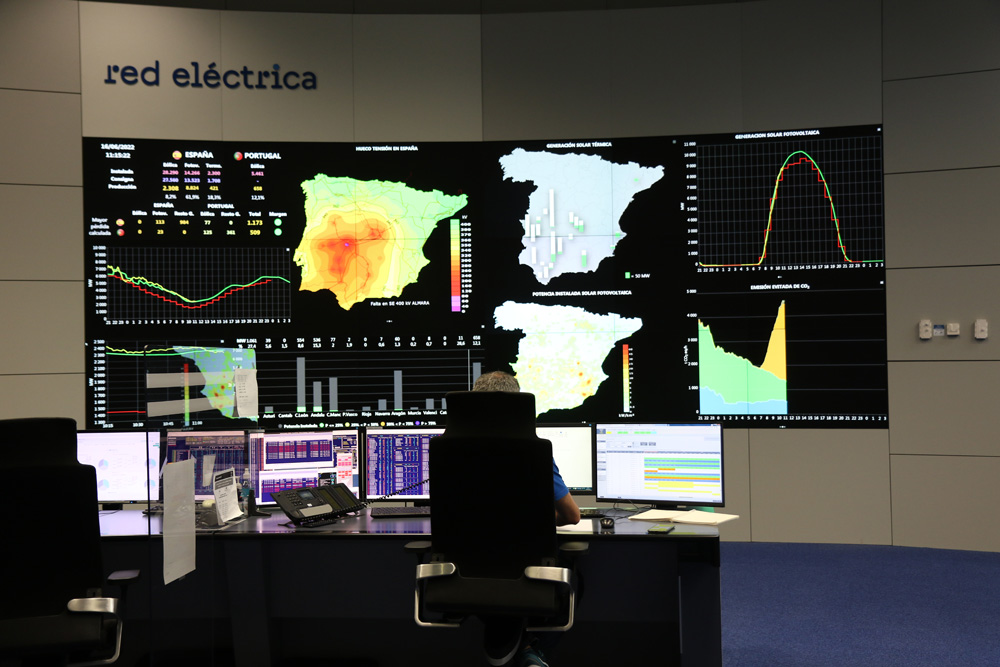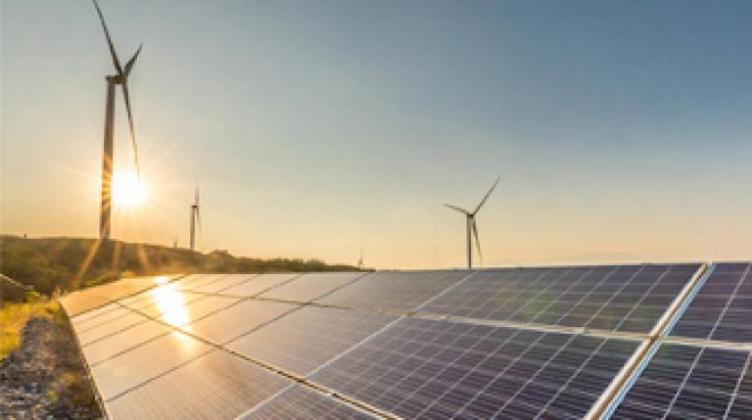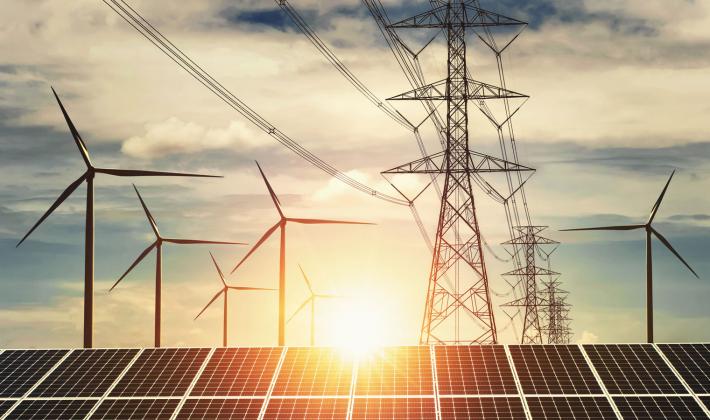For 40 years, we've been driving our country's economic and social progress. Four decades shaping Spain.
Renewable Energy
Renewable Energy
Renewable energies are the main driver of the ecological transition. These are those obtained from inexhaustible natural sources, which do not use fossil fuels.
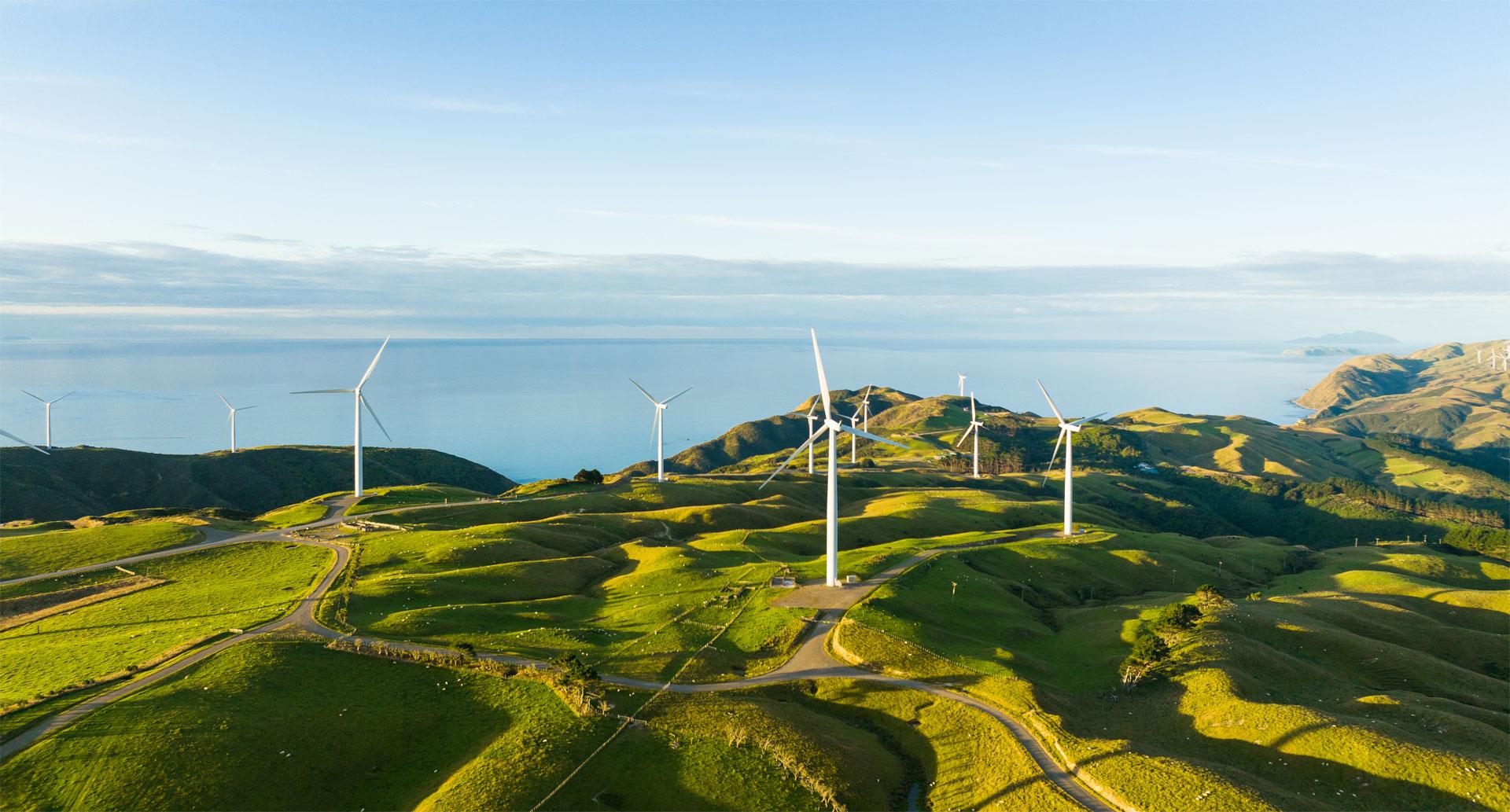
Spain, a benchmark in renewables
The electricity system is advancing towards it transformation towards a decarbonised model based on renewables. These sources of energy are the first option to decarbonise the generation of electrical energy and fight climate change. And our country can boast that it is a global benchmark in the integration of renewables thanks, to a great extent, to the efforts of Red Eléctrica as the carrier and operator of the electricity system.

2024 Breakthrough
Renewable generation of 148,999 GWh (10.3% more than in 2023), accounting for 56.8% of the total mix.

Leading in Wind and Solar
Spain is the second country in Europe in terms of wind and solar energy generation, just behind Germany.

Declining Emissions
2023 has witnessed the lowest CO2 eq emissions resulting from electricity generatio
Main benefits of renewables

Renewable energies are clean technologies because they do not emit greenhouse gases, in particular CO2.

Unlike fossil energy sources, renewable energies are inexhaustible and, therefore, crucial to achieving a more sustainable energy system. These technologies provide important cost reductions and efficiency improvements. They create jobs, wealth and new opportunities.

Renewable energy is obtained from indigenous resources, so a greater participation in the mix reduces our dependence on fossil fuel imports.
Types of renewable technologies
The Path to 2030
As a key component of the ecological transition, the development of renewables is a top priority of both European and national energy policy, with ambitious targets.
EU's current 2030 target is for a 42.5% renewable energy share
According to the NECP, Spain must reach this renewable penetration rate in final energy consumption by 2030.
This is what renewables should contribute to the national electricity generation mix by 2030, also according to the PNIEC.
Other Future Challenges
To secure a successful outcome, the ecological transition will also require other developing vectors and the support of technological innovation.

Offshore wind power has the capacity to generate electricity in a stable and predictable manner and to promote industrial and technological development. Spain is advocating for the advancement of its infrastructure through the TSO model, a widely adopted system in Europe. It ensures unbiased access to offshore grid infrastructures while also upholding environmental and ecosystem preservation. The National Integrated Energy and Climate Plan sets the goal of reaching 3 GW of installed capacity by 2030 and Red Eléctrica will be its main facilitator.
Find out more about the situation in Europe at Offshore Network Development Plans.

Renewable hydrogen plays a crucial role in the decarbonisation of applications where the use of electricity is not technically and economically feasible, including specific industries, heavy transportation, and aviation.
To promote it in Spain, the National Integrated Energy and Climate Plan sets a target of 12 GW of electrolysers by 2030.
To meet this nascent demand, the transmission grid must be strengthened and developed. Red Eléctrica remains committed to supporting this process as a valuable partner.

















